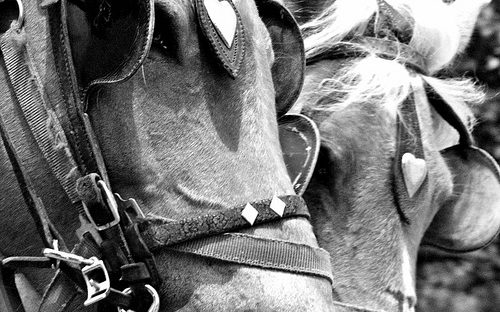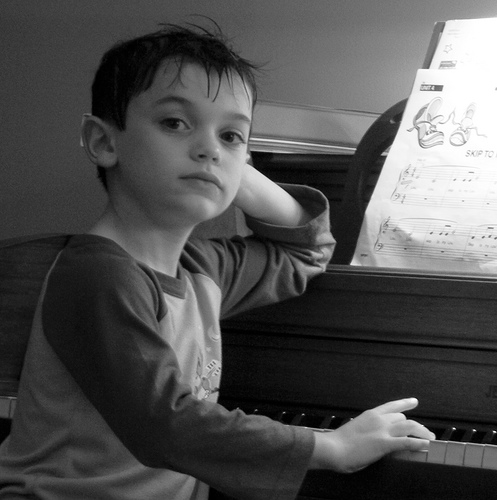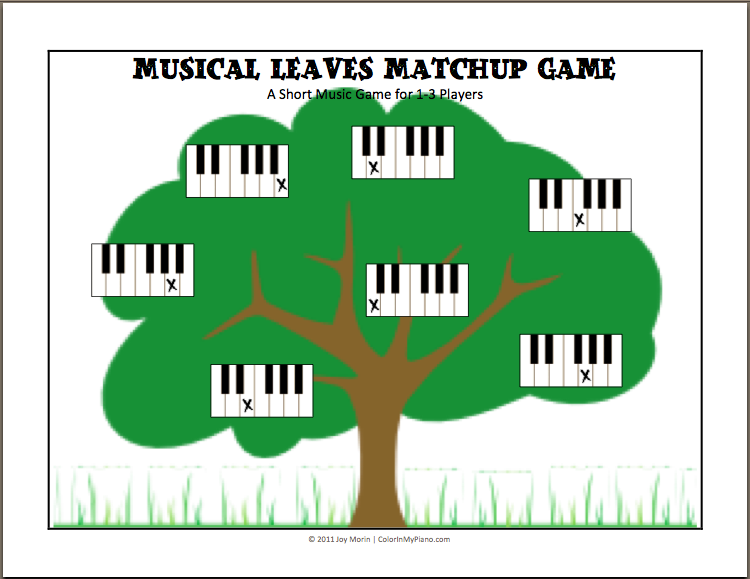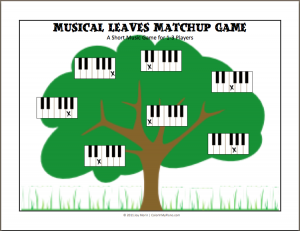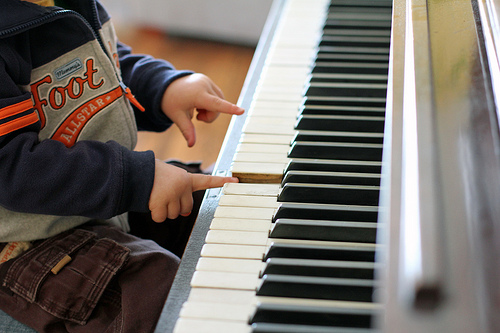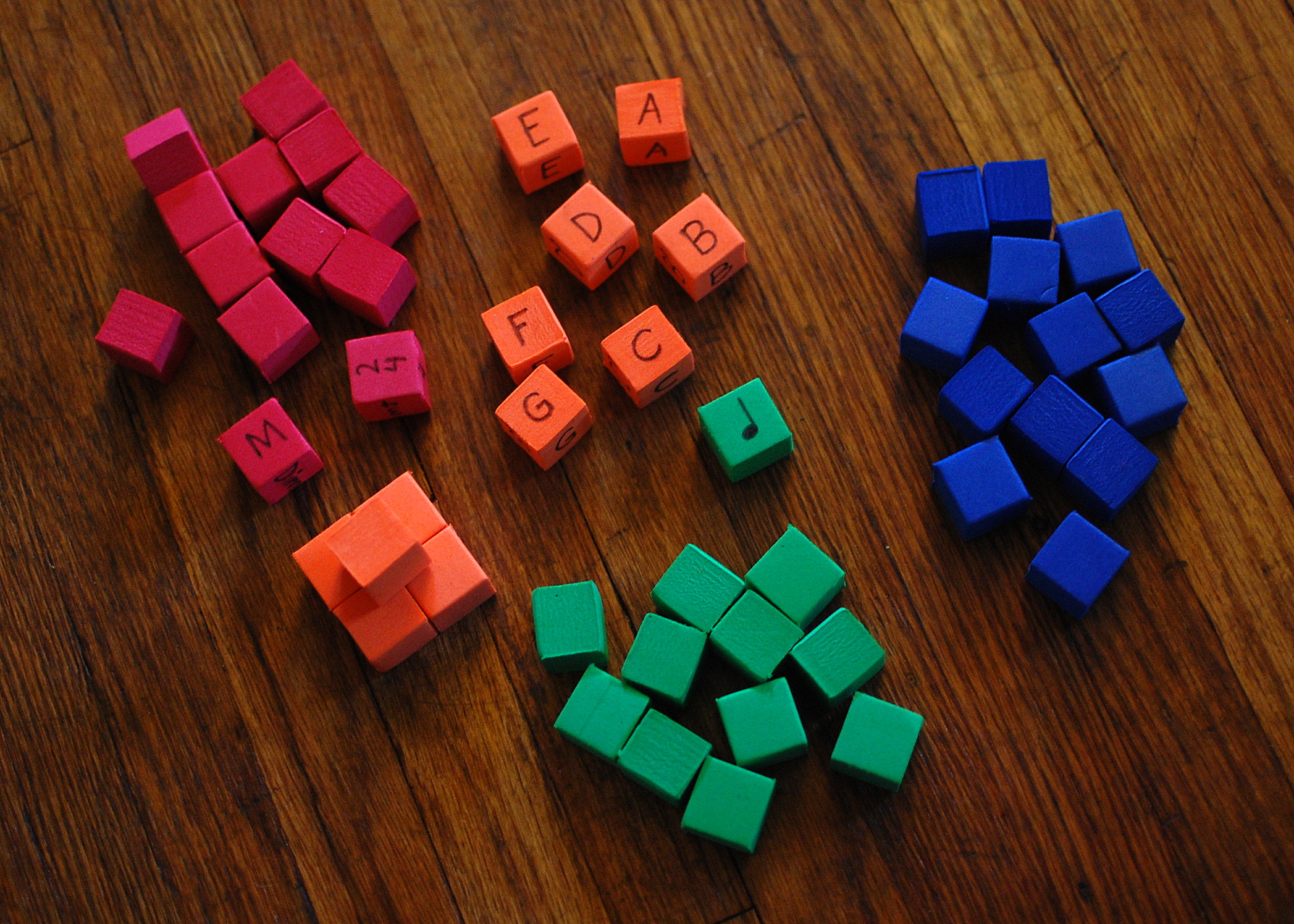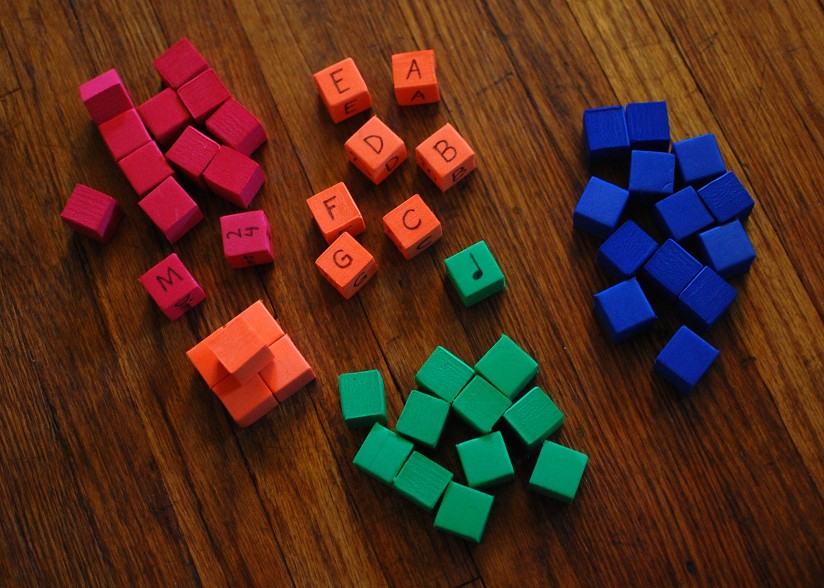I’m back! I ended up taking two weeks off instead of one, I know. 🙂 But it felt great. It feels great to be back too.
At the MTNA National Conference in NYC this year, one of the sessions I attended encouraged teachers to do yearly or quarterly assessments/evaluations of their students. Some teachers accompany these assessments with a parent-teacher-student conference. A few of the session’s attendees raised their hands to comment on their method of assessment and the benefits they’ve seen. I was quite intrigued with the idea, and decided I wanted to give it a try this year.
The only time when I’ve done something similar to this is when I was worked at a summer music camp in my hometown. I was the Theory & Composition Instructor, and the camp director asked each of us instructors to create some kind of assessment that we could send home with the students for the teachers and parents to be able to see what the student learned at camp. These assessments were very short and sweet, since we had only had contact with the student for four classes over four days.
I started looking around the internet for ideas, and eventually formed a template I’m pretty happy with. This assessment is not designed to do that same thing that standardized music testing is supposed to do. It’s much more general. It’s about communicating to the student and parent about the progress the student is making in various areas and the goals that I have in mind for them in upcoming months. It is a bit like a report card, but with no actual grades. Continue reading “Piano Student End-Of-The-Year Evaluations”


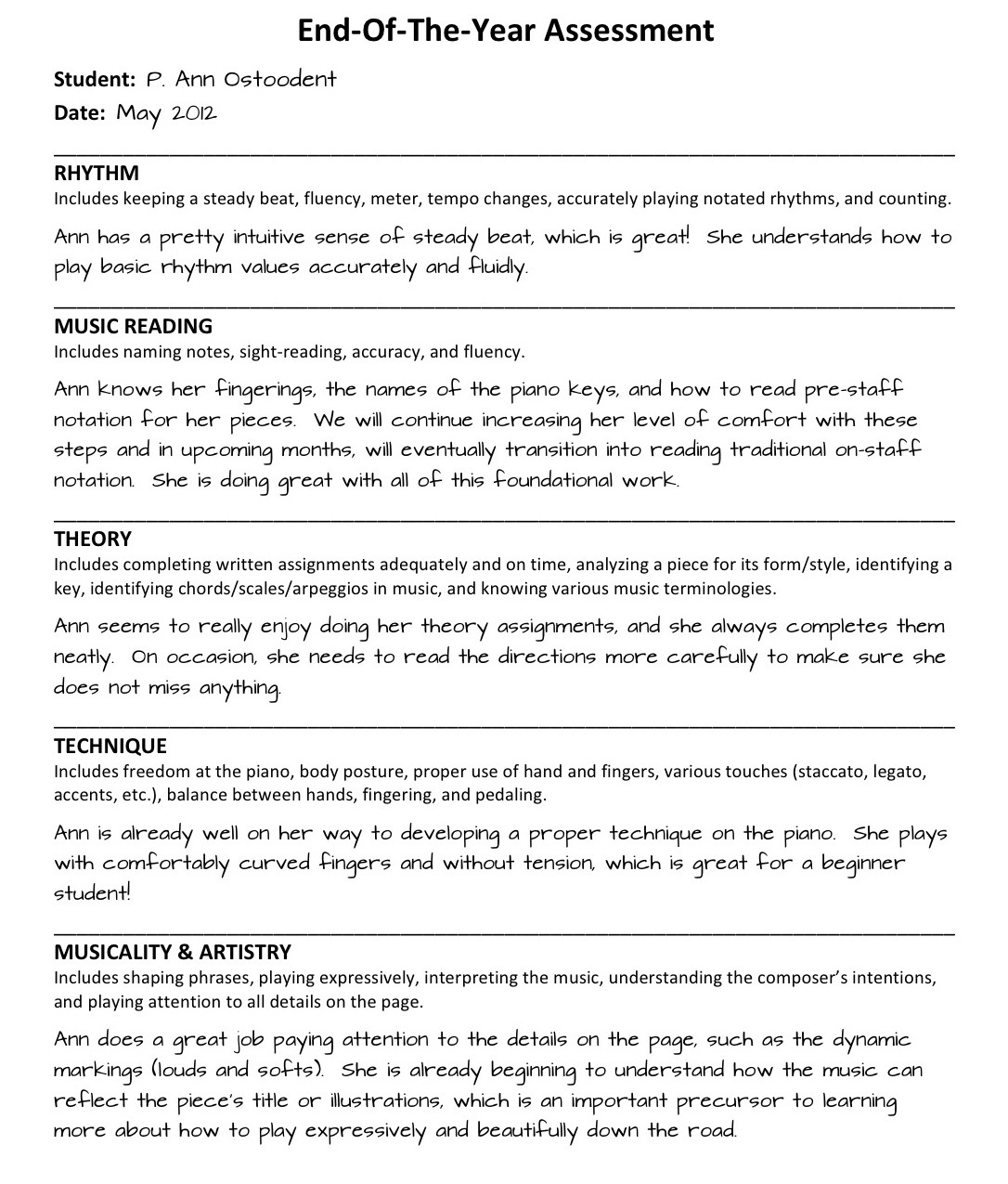
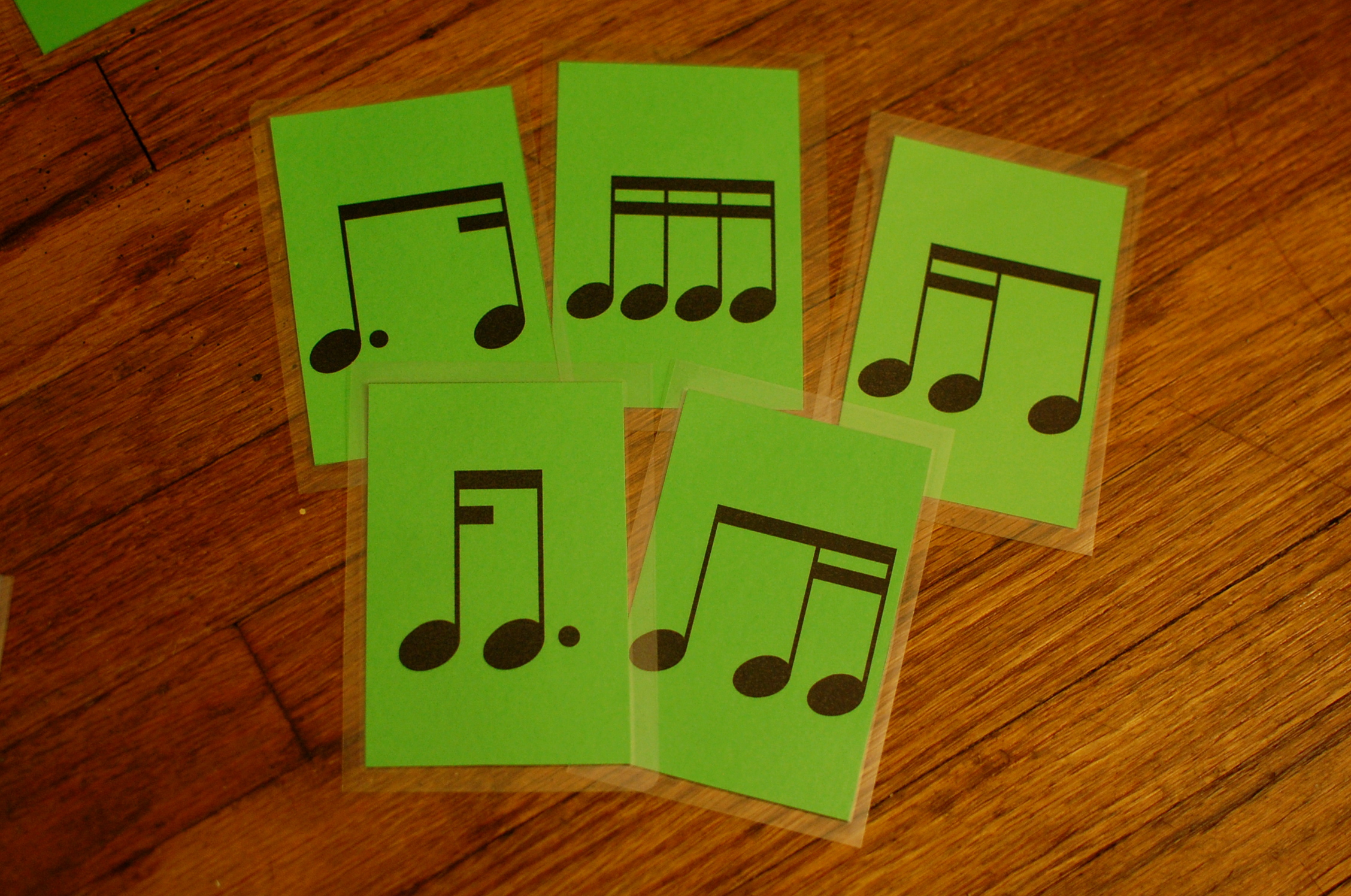
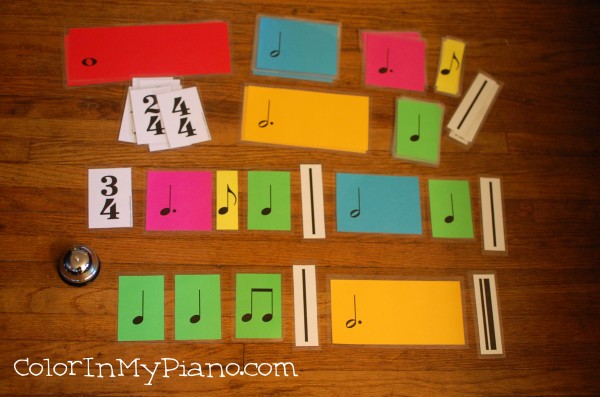

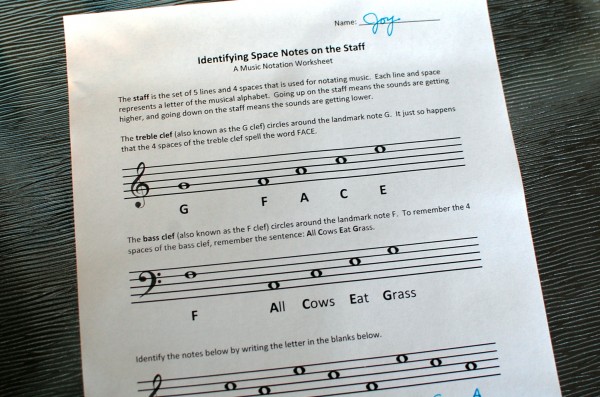



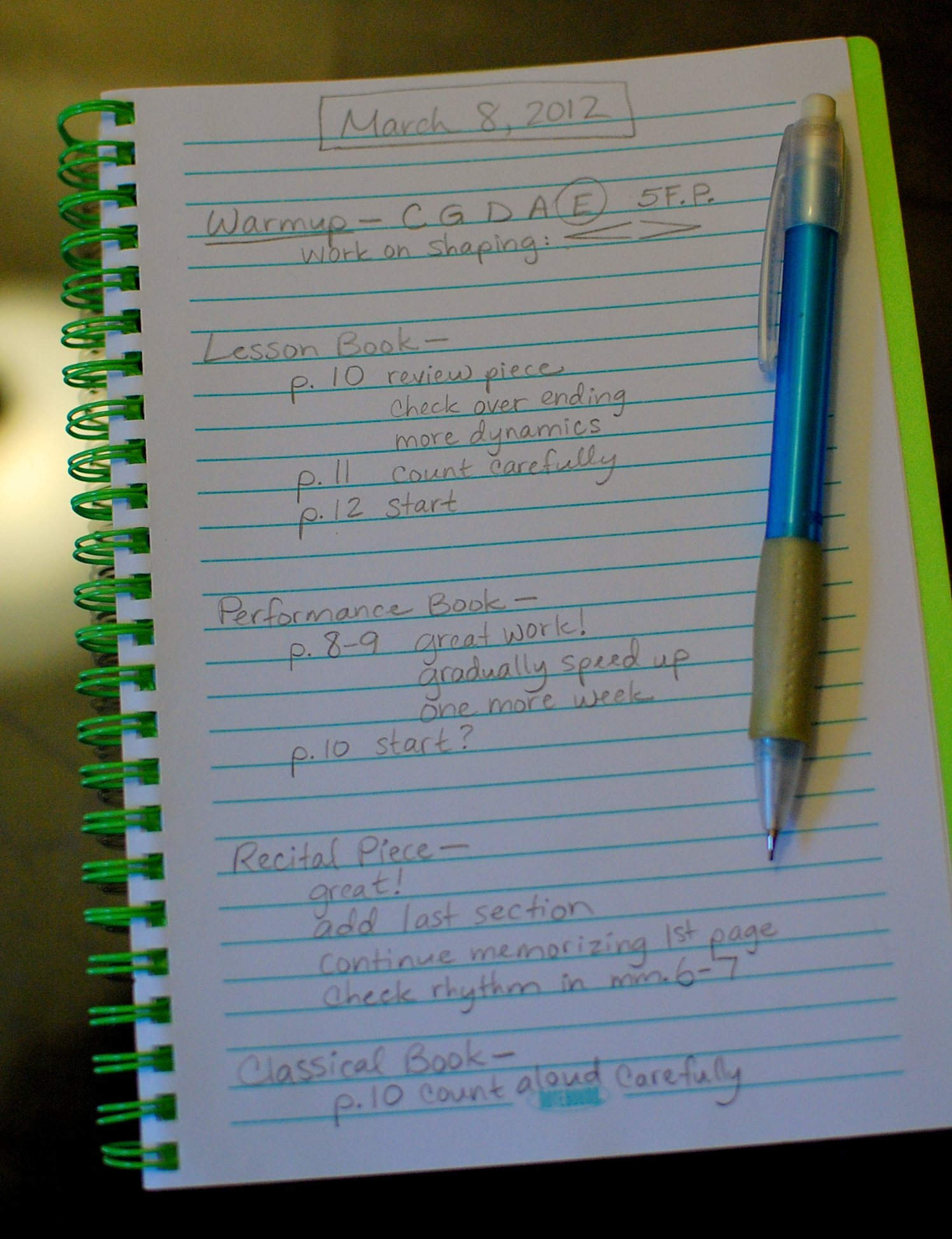
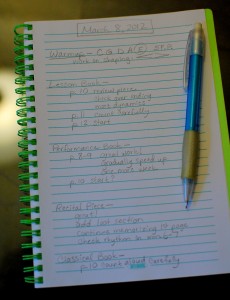 Last Thursday, we started a
Last Thursday, we started a 

